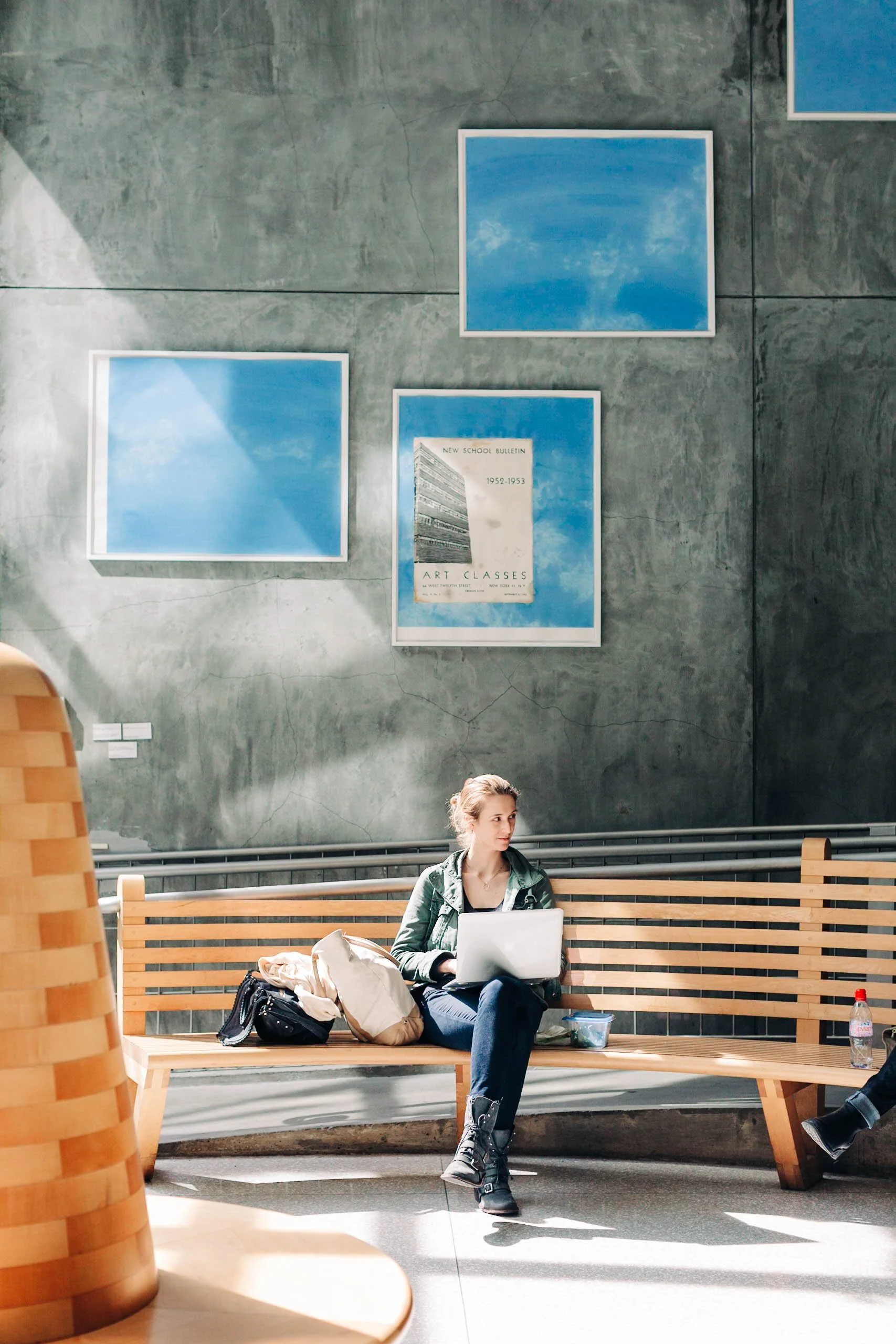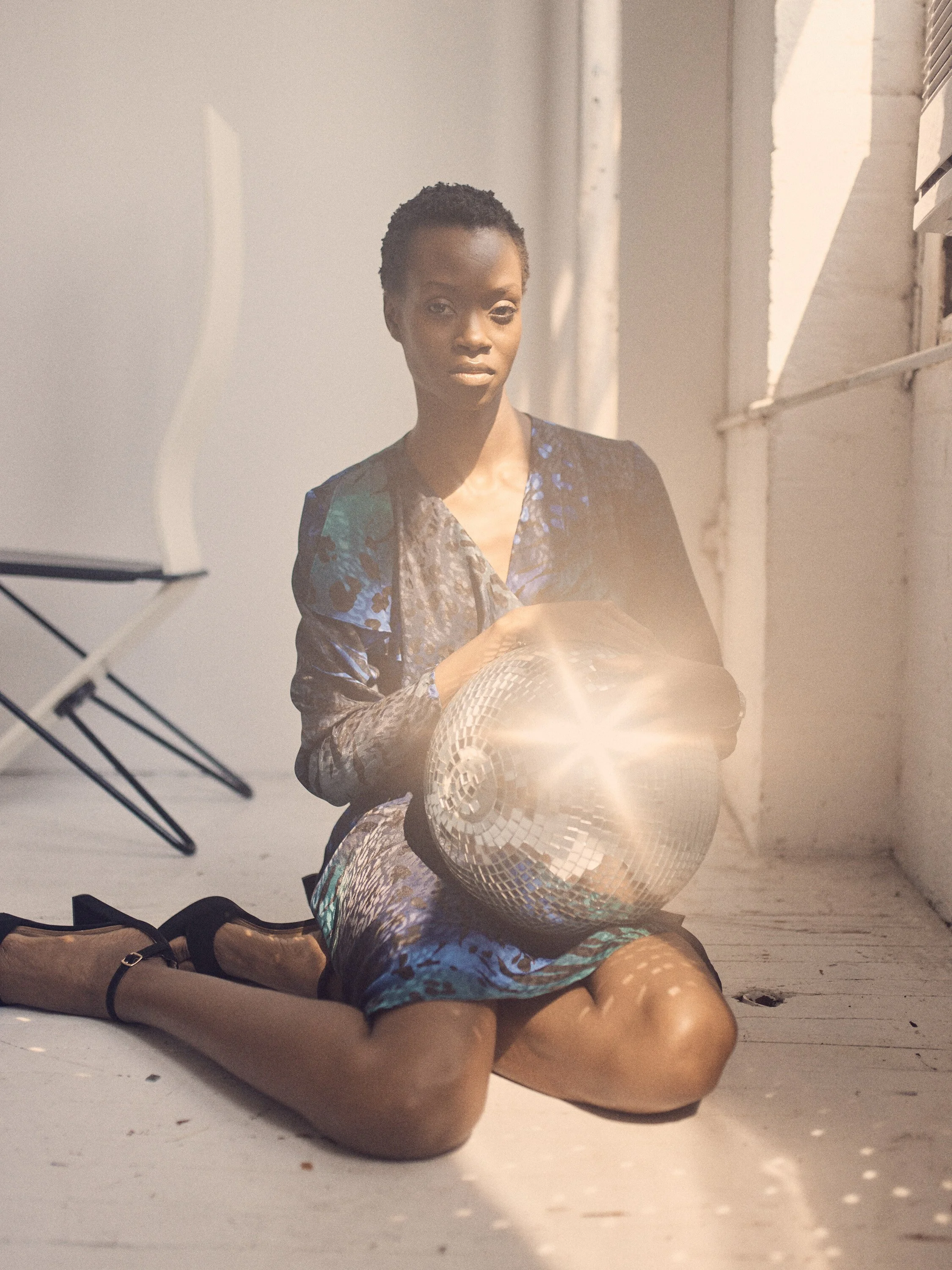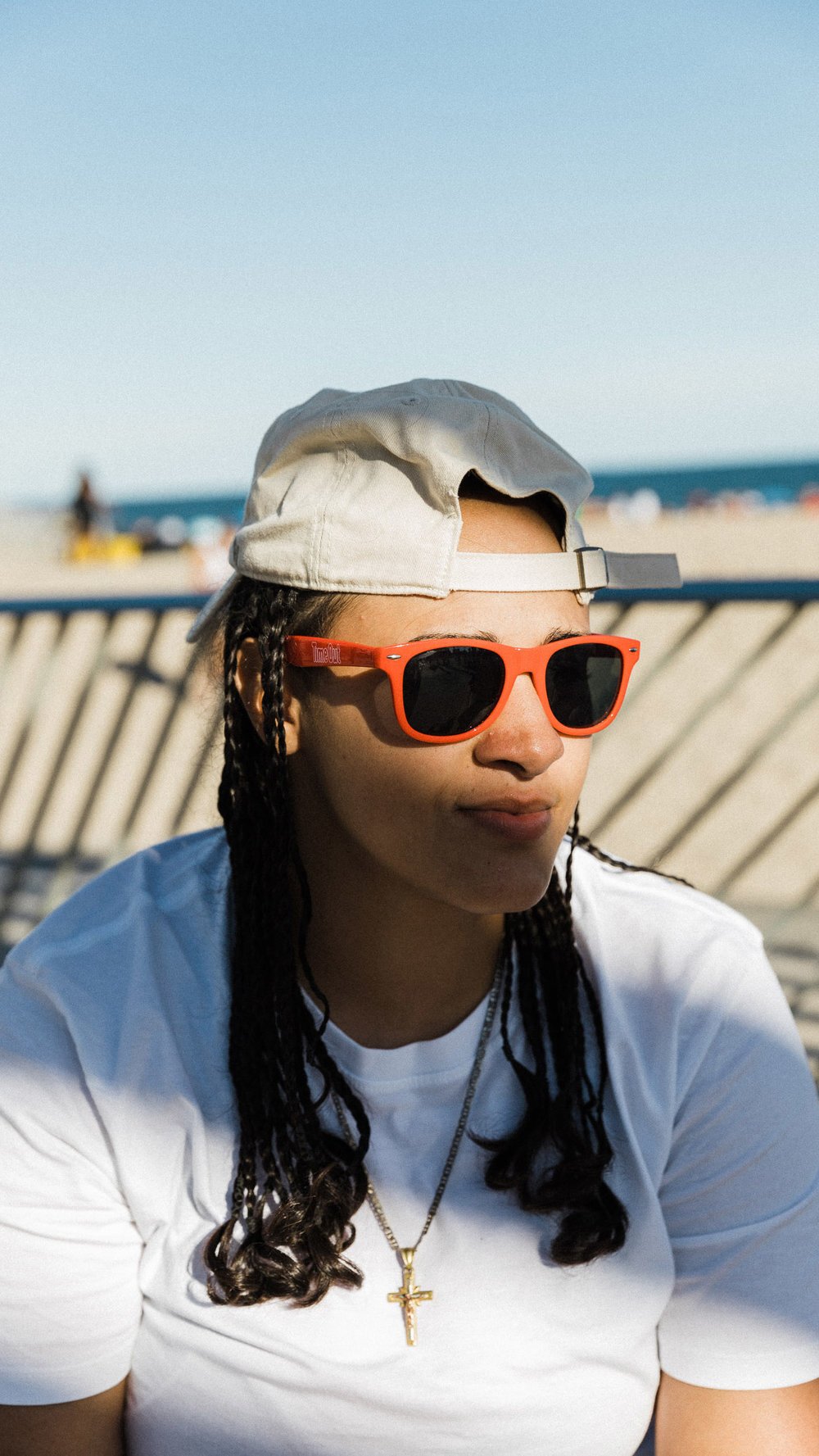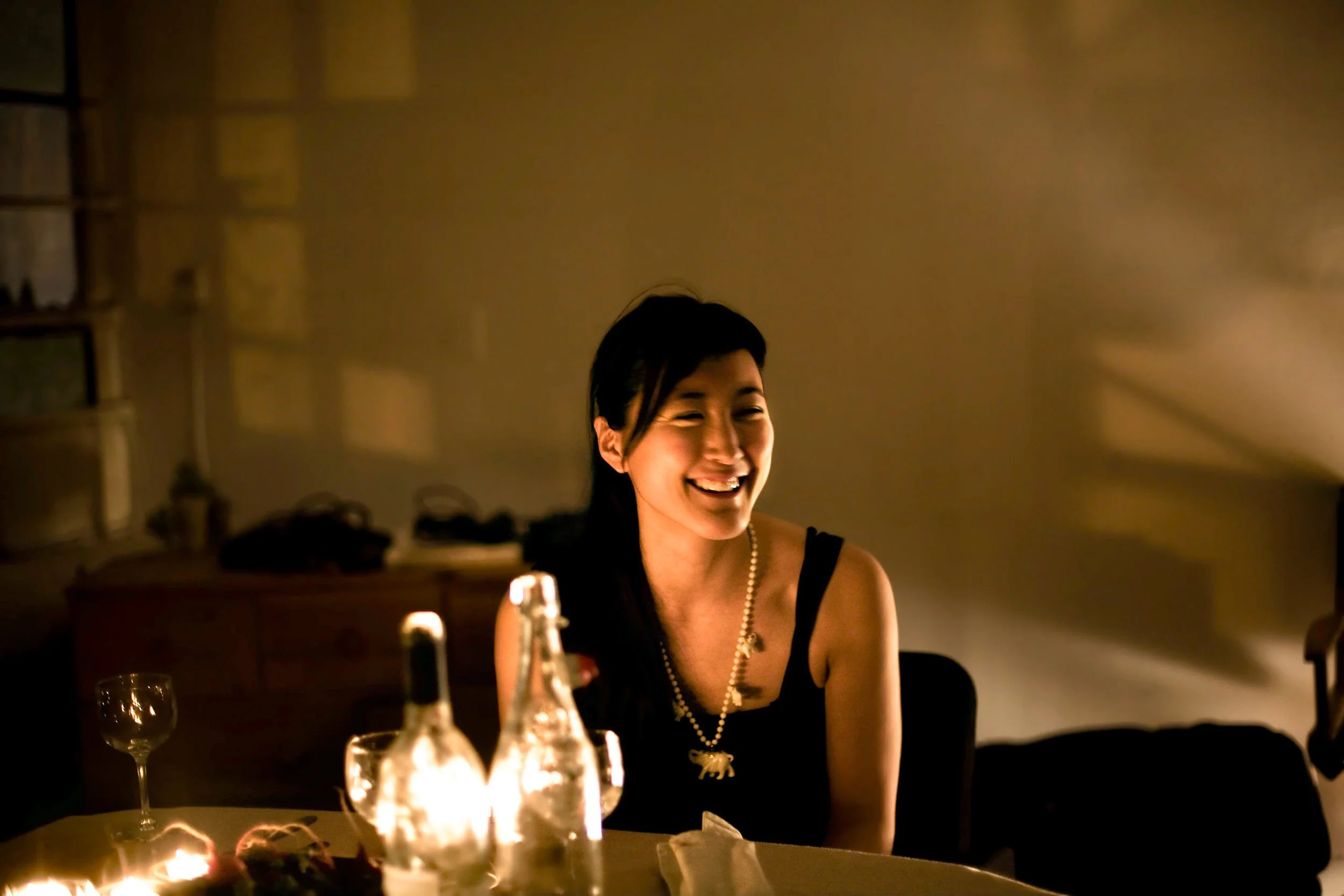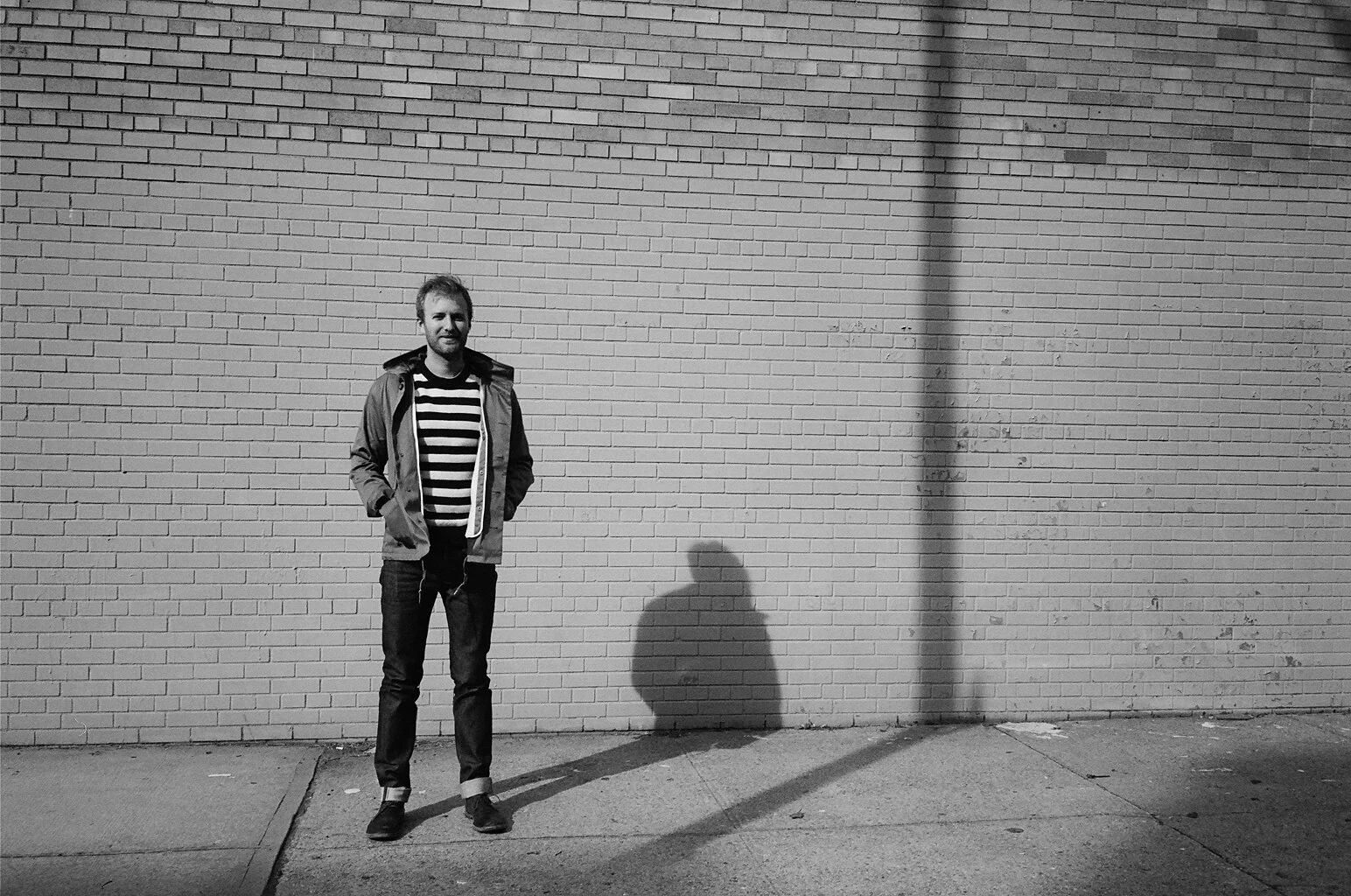Portfolio For Set a Higher Bar
Want the best view of this presentation? Check it out on a desktop! 😉👨💻
Hi I’m Jake 👋
Thanks so much for considering me for the “Set a Higher Bar” campaign.
The concept is such a great one… an unforgettable image of our hero seated high above the city. It’s a moment that balances calm confidence with a hint of danger.
Like the iconic Lunch Atop a Skyscraper photograph, it invites the viewer to feel both awe and ease at the same time. That contrast is cinematic and human, beautifully echoing the experience of people living with lupus nephritis. It’s a powerful foundation for a story that’s aspirational, grounded, and emotionally resonant.
I’m already so excited at the potential for this project. I loved seeing that Samantha Frauenberger is a creative on the project. She and I worked together on a healthcare campaign a while back, and I’ve always admired her thoughtful, grounded creative approach.
On the production side, I have my producer Elle Sullivan on board—an all-star producer who brings calm confidence and clarity to every shoot. I’m excited to work with her again to pull together a top-tier crew.
I’ve assembled a selection of my own images that feel relevant to this campaign. In a few cases—clearly noted—I’ve also included creative references to help illustrate my visual approach.
Creative Foundations
The overview I’ve seen so far is exciting—there’s a lot of potential to craft something visually striking and emotionally rich. One of the most powerful aspects of this concept is the way the image invites us in through tension: the quiet stillness of the hero, set against a dramatic backdrop, immediately draws us closer. It tells a story of someone grounded and self-assured, overcoming challenges with calm strength.
Casting and wardrobe will be essential to conveying that emotional depth. The right faces, the right styling—these choices will speak volumes before a single word is written. They’ll help communicate confidence, resilience, and individuality in a way that feels real and inspiring. I’m already thinking about collaborators I’d love to bring on to make sure those elements are pitch-perfect.
To bring this concept to life in the most compelling and creatively flexible way, I recommend shooting the hero talent in a studio and pairing that with background plates we’ll thoughtfully capture ahead of time. This approach gives us full control over lighting, composition, and angles—allowing us to craft an image that feels both technically seamless and emotionally grounded. It opens up a broader visual toolkit, enabling us to match mood and framing precisely while maintaining a polished, cinematic quality.
We'll capture the background plates in advance as a creative collaboration. Ideally, members of the agency’s creative team can join us for that scout and shoot, so we can align in real time on location, angle, and light.
Shooting plates in advance ensures what we're building is cohesive and intentional. It also gives us more to work with creatively—more skies, more depth, more options that help the final image sing.
We’ve discussed the possibility of shooting this in situ on a real rooftop. While I’m open to that, it introduces challenges with angle, light, and safety that can limit creative freedom. It also makes us vulnerable to weather and requires expensive safety measures to elevate the subject properly. In my view, those resources would be better invested in enhancing the final image through stronger casting, styling, and post work.
Casting will be especially important. If we’re not actually on a rooftop, we’ll need talent who can carry the emotional weight of the scene—someone who feels confident, relatable, and real. We’ll request video submissions and look beyond just appearance to find someone whose personality and energy bring depth to the frame.
With the right talent, a carefully designed shoot, and live retouching on set to ensure seamless integration, we’ll create a final image that doesn’t just look real—it feels real.
Execution Strategy
These images are not mine, but they illustrate a technical approach similar to what we’d use—compositing a foreground subject with a separately captured background. With careful planning, this method allows us to create something that feels authentic and grounded, while also opening up far more creative possibilities.
Supporting Scenes
The supporting photography helps build a world around the hero image—one rooted in real, everyday moments. Scenes like visiting a doctor, receiving treatment, or grabbing coffee with a friend allow us to show the quiet confidence and resilience of our patients. These images don’t need to be dramatic—they just need to feel honest.
We’ll approach each scenario with the same attention to authenticity and emotional tone. These aren’t staged moments—they’re lived-in, natural, and thoughtfully composed. With the right casting, wardrobe, and styling, we’ll capture people in motion, living life while navigating care.
Elle and I are already brainstorming how to execute these efficiently without compromising creative quality. We’ve scouted singular locations that can be styled to play multiple roles—doctor’s office, coffee shop, building lobby—depending on framing and propping. This approach keeps us agile and cost-effective while still delivering a variety of visually rich settings.
Casting here will follow the same philosophy as the hero: real people who bring presence, not poses. We’ll look for individuals whose personalities come through on camera and who naturally embody the emotional core of this campaign.
These supporting scenarios will add depth and texture to the campaign—reinforcing its message through grounded, relatable moments.
These cinemagraphs aren’t mine, but they demonstrate a technical approach similar to what we’d use—compositing a foreground subject with a separately captured background. With careful planning, this method lets us create something that feels authentic and grounded, while opening the door to far more creative possibilities. The motion is subtle and loops seamlessly, making it an ideal format for a variety of placements.



